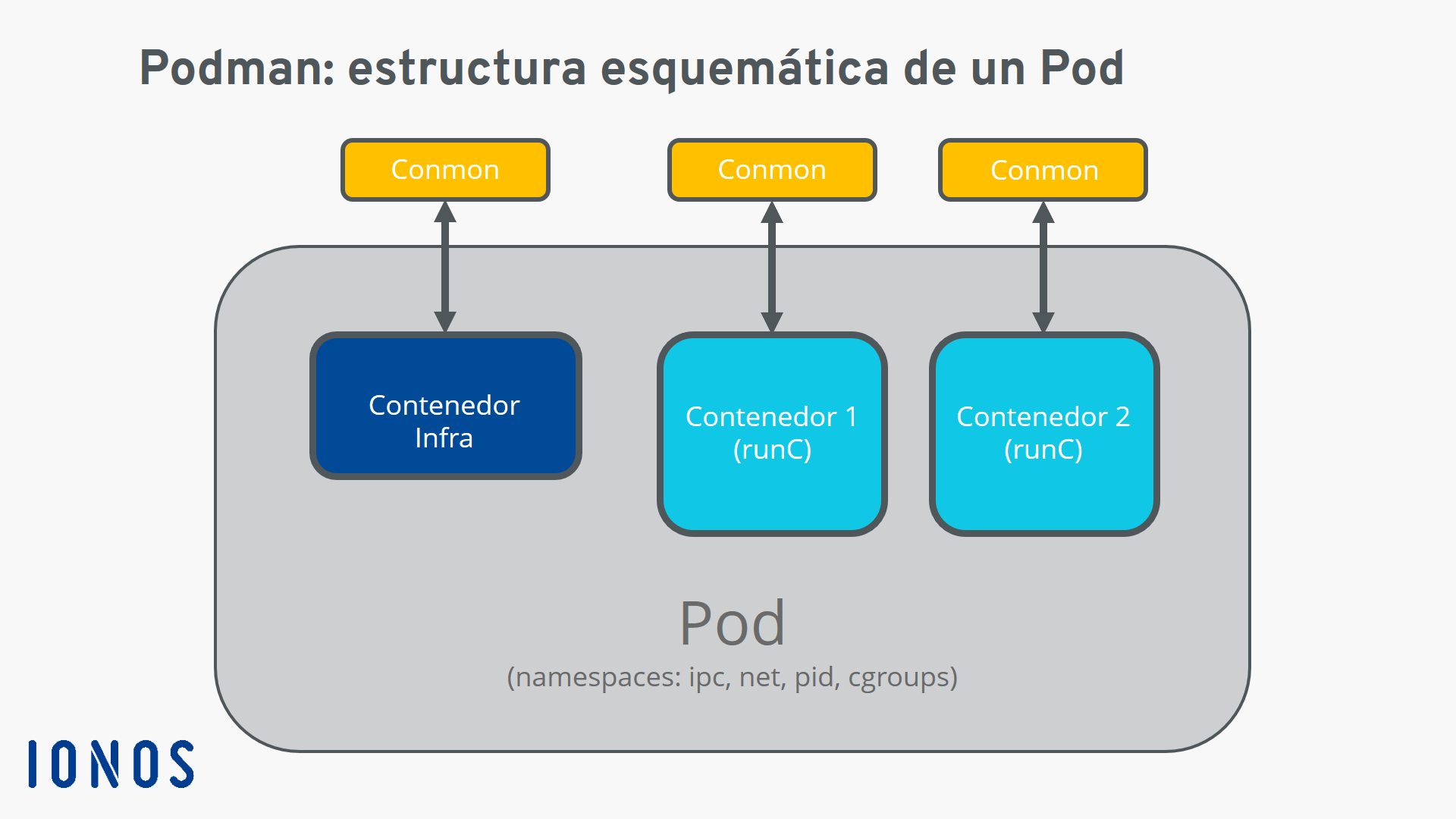
The -p 8080:80 option tells Docker to map port 80 in the container to port 8080 on the host machine. docker container run -name my_nginx -d -p 8080:80 nginx To better understand how the attach command works let’s runĪ new detached Nginx container using the official Nginx image. This is useful when you want to see what is written in the standard output in real-time, or to control the process interactively.

The command that is executed when starting a container is specified using the ENTRYPOINT and/or RUN instruction.Īllows you to attach your terminal to the running container. Attach to a Container #Īlthough it is possible to run multiple processes in a container, most docker containers are running only a single process. In this tutorial, we will explain how to attach to the container’s main running process and how to get a shell to a running container. You can also enter the container, install new packages, and build a new Docker image If the Docker container doesn’t work as expected, you can attach to the container or get a shell to the container and run commands such as ps This process can take a couple of minutes depending on your machine.Connecting to a running Docker container is helpful when you want to see what is happening inside the container. The database will initialize with table structures.



The docker images support the following architectures: So if you keep the MySQL variables, you will not be able to use SQLite. Please note, that DB_MYSQL_* environment variables will take precedent over DB_SQLITE_* variables.


 0 kommentar(er)
0 kommentar(er)
